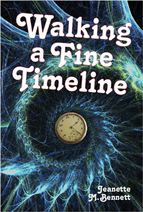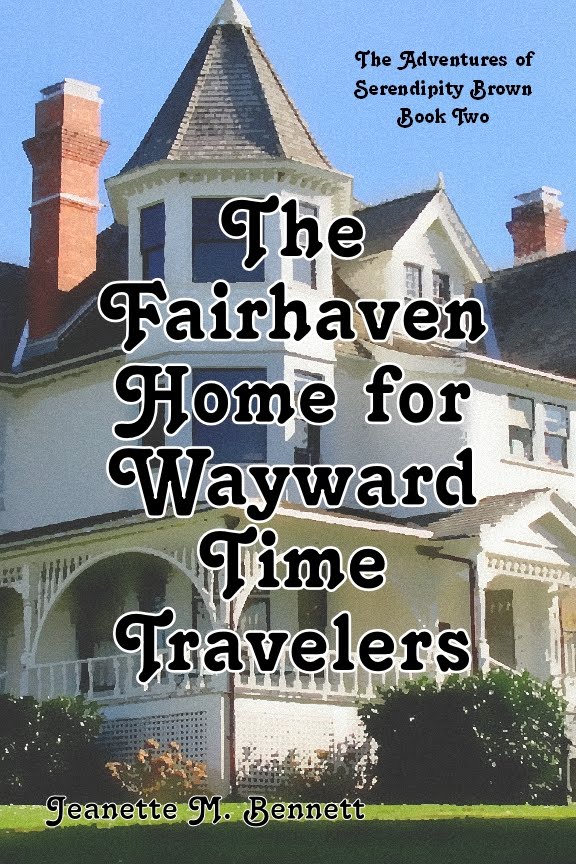Thursday, 11 October 1894 - Toronto, Canada
 |
| Toronto Boy's Home |
Today I visited Toronto Boy’s Home here at 214 Farley Avenue. This is the Receiving and Distributing office for Dr. Barnardo's Home Children. Boys come here from Britain to be sent out to farming communities to be trained as agricultural workers. These are poor orphans given the opportunity to escape the slums of the cities and breath the fresh air of the country. At least that was the story the manager, A. B. Owen, gave me. The boys I saw ranged in age from 7 to 14. They looked confused and lonely. The youngest one whimpered that he wanted his mum. Home Children was a lofty idea that went terribly wrong.
Home Children is something most historians try to sweep under the rug. Between about 1869 to 1930, 100,000 children were shipped from Britain to Canada. 100 years later it will be estimated that 11% of the population of Canada will have descended from Home Children. These children were not adopted and given homes, but were sent out as servants and laborers for room and board. Outside of not actually being bought and sold, I believe that is the definition of a slave. How could anything this horrible not only be allowed to exist, but be applauded by liberals everywhere.
 |
| Girls sent to Canada from Britain |
Poor children living on the streets had always been a problem throughout history. The Victorians were the first to really try to do something about it. They opened shelters for these children and were soon overwhelmed. In 1869 one well meaning woman, Annie MacPherson, came up with a brilliant idea. Why not send these children to Canada where families would welcome them as more eager hands to help on the farms. This certainly had to be better than the child laboring in the factories she had seen. About 50 agencies followed suit.
 |
| Dr. Thomas Barnardo |
In the 1880s another reformer, Dr. Thomas Barnardo, jumped on the bandwagon. The problem was Barnardo saw all poor people as vagrants and criminals. He was not above kidnapping a child from the slums and sending them off to Canada. Parents in dire straights from illness, unemployment or the loss of a spouse, would come to him asking him to care for their child until they could get back on their feet. They never saw their children again. It's estimated only one-third of the Home Children were actually orphans.
The Home Children were to be sent to good homes where they would learn a trade. Most went to rural communities too far away for inspectors to bother checking up on the child. It is estimated that 70% of the children were abused in one way or another. It was not unheard of for these children to be housed in unheated barns like animals--and whipped like animals. As for the fate of the girls...we won’t go into that.
 |
| Home Child plowing |
The lucky ones were treated with tolerance, but never treated as family. They were servants. Other children were told not to play with Home Children since everyone “knew” they were all pick-pockets and carried disease. Letters from their families back in Britain were never forwarded. These children grew up alone and unloved.
More than one ran away. Most that toughed it out left the farms and headed for the cities. One-sixth of them earned enough to return to Britain where they stayed. The grand scheme to create an agricultural workforce failed in most cases. The rural countryside had too many bad memories.
 |
| Home Children working in a field |
Many of the Home Children fought for Canada in World War I, and died on the battlefields. Survivors carried on, made lives for themselves, married and created the families they sorely needed. Few spoke of their childhoods, ashamed of the stigma.
Mr. Owen wanted to know if I would like a lad to train as a servant. I told him I wasn’t shopping, just looking for a charity to put in my will. I was half tempted to take the youngest and find his mum for him, but of course the Institute of Time Travel would never allow that. Maybe this poor lad will grow up to become someone critical to Canada’s history.
Owen showed me about the place. It was clean, if stark. Each boy had a trunk with new clothes and necessities to start their new lives. I honestly believe Owen thought he was sending these boys off to a better life. I left feeling frustrated I couldn’t tell him the truth. Would he believe me?
I have no idea why they are called “Home Children". Willingly ignorant reformers made them "Homeless Children".
The Workhouse and Home Children
British Home Children in Canada-Two Survivors stories









No comments:
Post a Comment
Due to bots sticking ads into the comments I am now forced to moderate. Differing opinions are welcomed. This is history, which is the surviving written record, which may or may not be accurate. I will even allow comments pushing other books or websites as long as they are relevant.